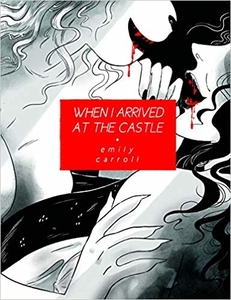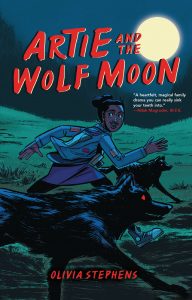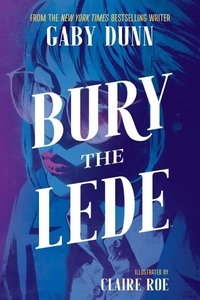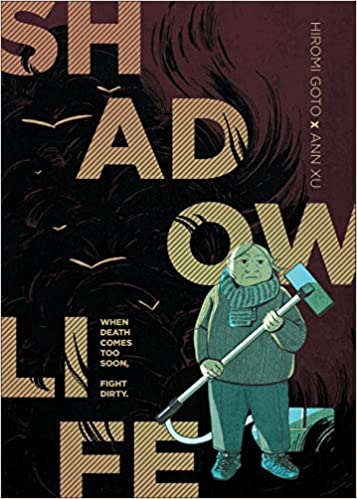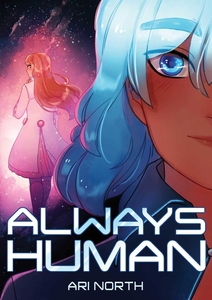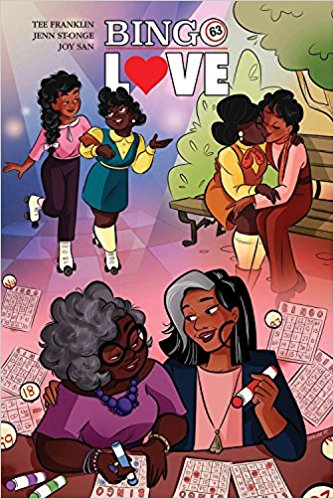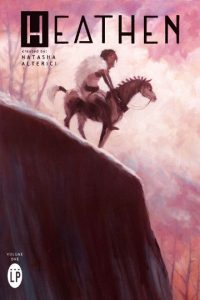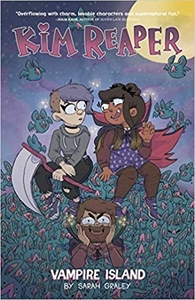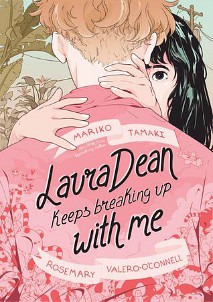I loved Emily Carroll’s previous book, Through the Woods, which is an unsettling and beautiful horror graphic novel, so I was excited to pick up her next book. When I found out it was a sapphic vampire horror erotica graphic novel, though, I couldn’t believe my luck.
Emily Carroll’s art style is gorgeous and compelling, and the black, white, and red colour scheme works so well in this. The story has a haunting, almost fairy tale feel that slips into the dreamlike. Do I completely understand what happened? No. But I was enthralled by this gory and sexy story. I really want to read more queer horror erotica. This, like Fist of the Spider Woman edited by Amber Dawn, is equal parts erotic and disturbing. There is plenty of gore and blood, but it’s juxtaposed with the sexiness, which just heightens that feeling of unease.
Caroll is a master of page design, and almost every spread is arranged differently: the view through a keyhole, an all-text page telling a story, a coffin illuminated in a ray of light. I’d want them framed and on my wall if there wasn’t the nightmare factor.
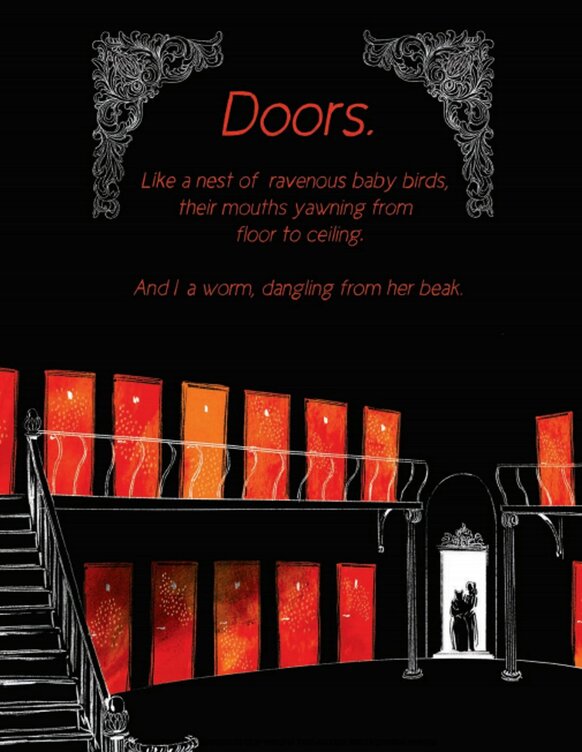
I read this in October (I’m… a bit behind in reviews), and made for a perfect Halloween themed read, but for those of you who like to get creeped out all year round, definitely add this to your TBR.
This seems to be out of print, unfortunately, and pretty difficult to get your hands on. My library had it, luckily, but hopefully it gets reprinted soon, because I would love a copy for my permanent collection.

